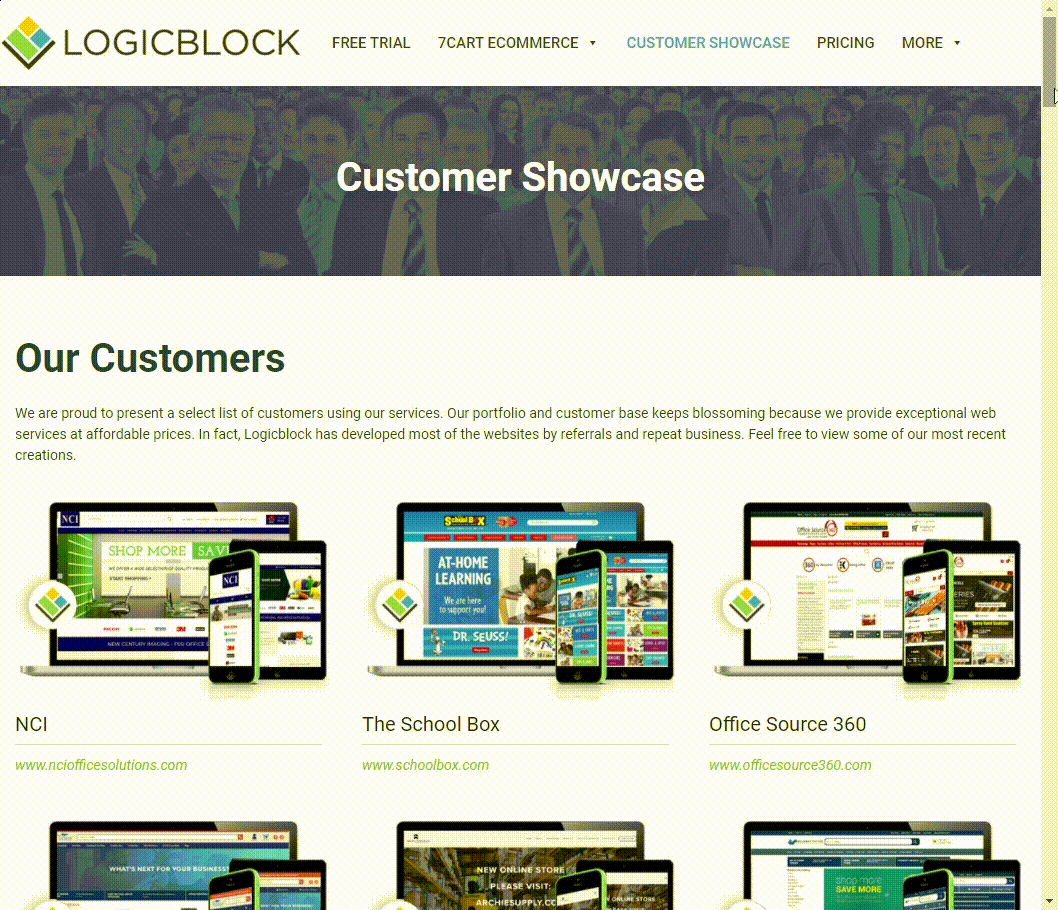As more and more sellers become multi-channel and multi-payment-type, the world of eCommerce and finance gets more complex. And with more complexity comes – you guessed it – more regulation. The type of regulation I’m talking about today comes in the form of a tax form: the 1099-K for Payment Card and Third Party Network Transactions.
Sound confusing? We have your answers.
What is Tax Form 1099-K?
Tax form 1099-K is simply an informational form. Third party payment processors like PayPal, Amazon or Etsy Direct checkout are required to send this form to their customers who meet certain criteria.
Though it’s now four years old, form 1099-K is one of the new kids on the block when it comes to tax forms you’ll receive as an eCommerce seller.
This form came about in 2008 as part of the Housing Assistance Tax Act. Congress was concerned that some taxpayers were making money through sites like eBay and PayPal but not paying their share of income taxes. Due to the logistics of getting a new tax reporting system implemented, the form didn’t actually start arriving in mailboxes until January 2012.
These days, tax form 1099-K is due by online sellers by January 31st after the taxable year. If January 31st falls on a weekend, then it’s due the next business day. Since January 31st fell on a Saturday in 2015, you should have received your 2014 1099-K by February 2, 2015.
Tax form 1099-K also goes to the IRS. It’s just another way for Tax Man to keep tabs on the eCommerce economy.
Who Gets Tax Form 1099-K?
I mentioned you must meet certain criteria to get a 1099-K from a payment processor. A payment processor has to send you form 1099-K if you:
- Did over $20,000 in income with that payment processor AND
- Had over 200 transactions with that processor
Let’s look at some examples:
Let’s say you run your online art store through 7Cart and only take payments through PayPal. You sold $500,000+ worth of goods in 100,000+ transactions. PayPal would definitely send you a 1099-K.
But say you also sell some of your higher end artwork through Etsy Direct Checkout, too. If you only had 100 transactions through Etsy Direct Checkout, you wouldn’t receive a 1099-K. That’s even if you did over $20,000 in business.
Other Important Facts about the 1099-K
Don’t worry if you receive your 1099-K and it looks a little off. The amount on your 1099-K includes shipping and sales tax income you collected, and doesn’t account for things like returns and refunds. It truly reports only your gross income from 3rd party sales.
This is why it’s so important for a savvy online seller to keep his or her own business books. At the end of the year when you file your income tax returns, the IRS will look at any 1099-K forms they received from 3rd party payment processors on your behalf. If you show less income than the form 1099-K, you must be prepared to explain why.
If your income taxes show a lower amount than your 1099-K, you may be sent a “match letter.” This is simply an informational letter designed to determine whether or not you reported all of your income. If you kept good business books, you’ll have nothing to worry about.


